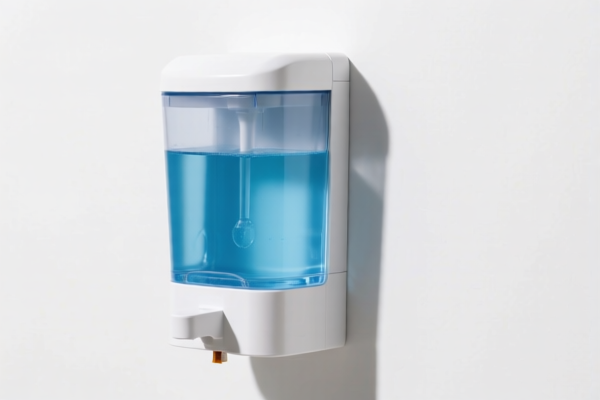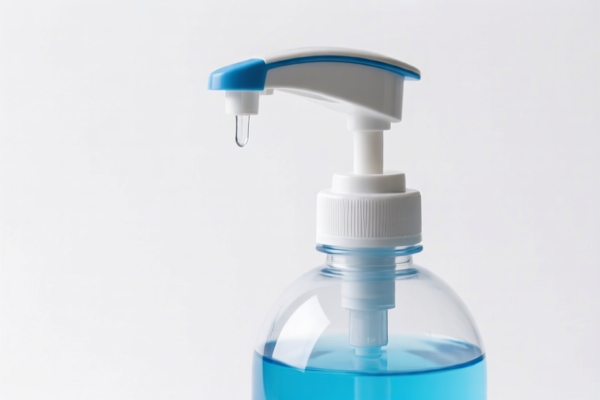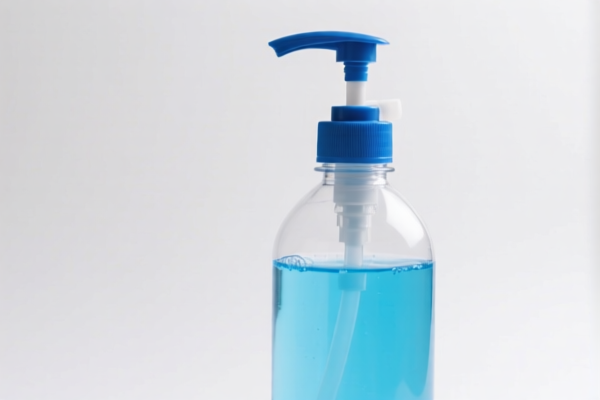| HS Code | Official Doc | Tariff Rate | Origin | Destination | Effective Date |
|---|---|---|---|---|---|
| 8422309170 | Doc | 55.0% | CN | US | 2025-05-12 |
| 8422309186 | Doc | 55.0% | CN | US | 2025-05-12 |
| 8472906000 | Doc | 55.0% | CN | US | 2025-05-12 |
| 7010905005 | Doc | 55.0% | CN | US | 2025-05-12 |
| 7010905015 | Doc | 55.0% | CN | US | 2025-05-12 |
| 7013491000 | Doc | 50.0% | CN | US | 2025-05-12 |
| 7013993000 | Doc | 46.5% | CN | US | 2025-05-12 |
| 9616100000 | Doc | 37.5% | CN | US | 2025-05-12 |
| 9616200000 | Doc | 34.3% | CN | US | 2025-05-12 |
| 9617006000 | Doc | 37.2% | CN | US | 2025-05-12 |
| 9617001000 | Doc | 37.2% | CN | US | 2025-05-12 |
| 3923300090 | Doc | 58.0% | CN | US | 2025-05-12 |
| 3924101000 | Doc | 33.4% | CN | US | 2025-05-12 |
| 7326908688 | Doc | 82.9% | CN | US | 2025-05-12 |
| 7326903500 | Doc | 87.8% | CN | US | 2025-05-12 |
| 7323999030 | Doc | 83.4% | CN | US | 2025-05-12 |
| 7323997000 | Doc | 60.3% | CN | US | 2025-05-12 |
| 6909900000 | Doc | 59.0% | CN | US | 2025-05-12 |
| 6909112000 | Doc | 55.0% | CN | US | 2025-05-12 |




Bottle Dispenser
A bottle dispenser is a device used to control the dispensing of liquids from a bottle. They are employed across a wide range of applications, from household cleaning to laboratory settings, offering a controlled and often measured release of the contained liquid.
Materials
Bottle dispensers are constructed from various materials, chosen based on the liquid being dispensed and the desired durability and chemical resistance. Common materials include:
- Plastic: Polypropylene (PP), Polyethylene (PE), Polycarbonate (PC), and PET are frequently used for general-purpose dispensers, offering good chemical resistance to many common liquids.
- Glass: Borosilicate glass is preferred for applications requiring high chemical resistance or when dispensing sensitive liquids.
- Stainless Steel: Used in applications requiring robust construction and compatibility with corrosive liquids.
- Metal Alloys: Specific alloys are used for specialized applications demanding particular chemical resistance or durability.
- Elastomers (e.g., Silicone, Viton): Used for seals, valves, and pumps, chosen for their chemical compatibility and flexibility.
Purpose & Function
The primary purpose of a bottle dispenser is to deliver a precise or controlled amount of liquid. Functionality varies depending on the type, but generally includes:
- Controlled Flow: Regulating the rate and volume of liquid dispensed.
- Metering: Delivering pre-defined volumes of liquid with each actuation.
- Reduced Waste: Minimizing spills and drips, conserving liquid.
- Hygiene: Preventing contamination of the liquid, especially important in laboratory or food service applications.
- Ergonomics: Providing a comfortable and easy-to-use mechanism for dispensing.
Usage Scenarios
Bottle dispensers are utilized in diverse settings:
- Household: Soap dispensers, lotion dispensers, cleaning product applicators.
- Laboratories: Reagent dispensing, solvent delivery, sample preparation.
- Food Service: Ketchup/mustard dispensers, oil/vinegar dispensers, sauce applicators.
- Industrial: Lubricant application, adhesive dispensing, chemical processing.
- Cosmetics & Personal Care: Dispensing of shampoos, conditioners, lotions, and other cosmetic products.
- Healthcare: Dispensing of sanitizers, disinfectants, and medications.
Common Types
- Pump Dispensers: Utilize a manual or automatic pump mechanism to draw liquid from the bottle. These are common for lotions, soaps, and shampoos. Variations include:
- Foam Pump Dispensers: Mix liquid with air to create a foam.
- Airless Pump Dispensers: Minimize air exposure to the product, preserving its quality.
- Trigger Dispensers: Activated by a trigger mechanism, often used for spray bottles and cleaning products.
- Push-Down Dispensers: Dispense liquid with each downward push.
- Squeeze Dispensers: Rely on squeezing the bottle to dispense liquid.
- Peristaltic Dispensers: Use rollers to compress a tube, pushing liquid through it. Common in laboratory and industrial applications requiring precise metering.
- Gravity Feed Dispensers: Rely on gravity to dispense liquid. Often used for oils and vinegars.
- Automatic Dispensers: Activated by sensors or timers, providing hands-free operation. Common in healthcare and food service.
- Bottle-Top Dispensers: Specifically designed to fit on top of reagent bottles, providing precise and controlled dispensing in laboratory settings.
Based on the provided information, “bottle dispenser” can be classified under several HS codes, depending on the material and specific function. Here's a breakdown:
- 3923300090: This code covers “Carboys, bottles, flasks and similar articles” made of plastics. This is applicable if the bottle dispenser is constructed from plastic. Chapter 39 relates to plastics and articles thereof. Heading 3923 specifically covers articles for the conveyance or packing of goods, of plastics. Subheading 3923300090 further specifies carboys, bottles, flasks and similar articles. The total tax rate is 58.0% (3.0% base tariff + 25.0% additional tariff + 30.0% additional tariff after 2025.4.2).
- 3924101000: This code applies to “Tableware and kitchenware” made of plastics, specifically “Salt, pepper, mustard and ketchup dispensers and similar dispensers”. If the bottle dispenser is used for food or kitchen purposes, this code is relevant. Chapter 39 relates to plastics and articles thereof. Heading 3924 covers tableware, kitchenware, other household articles and hygienic or toilet articles, of plastics. Subheading 3924101000 further specifies tableware and kitchenware. The total tax rate is 33.4% (3.4% base tariff + 0.0% additional tariff + 30.0% additional tariff after 2025.4.2).
- 7010905005: This code covers “Other containers (with or without their closures) Of a capacity exceeding 1 liter: Having a mouth with an outer diameter of
38 mm or more” made of glass. If the bottle dispenser is made of glass and has a capacity exceeding 1 liter with a mouth diameter of 38mm or more, this code applies. Chapter 70 relates to glass and glassware. Heading 7010 covers carboys, bottles, flasks, jars, pots, vials, ampoules and other containers, of glass. Subheading 7010905005 further specifies other containers with a capacity exceeding 1 liter. The total tax rate is 55.0% (0.0% base tariff + 25.0% additional tariff + 30.0% additional tariff after 2025.4.2). - 7010905015: This code covers “Other containers (with or without their closures) Of a capacity exceeding 0.473 liter but not exceeding 1 liter: Having a mouth with an outer diameter of
38 mm or more” made of glass. If the bottle dispenser is made of glass and has a capacity exceeding 0.473 liter but not exceeding 1 liter with a mouth diameter of 38mm or more, this code applies. Chapter 70 relates to glass and glassware. Heading 7010 covers carboys, bottles, flasks, jars, pots, vials, ampoules and other containers, of glass. Subheading 7010905015 further specifies other containers with a capacity exceeding 0.473 liter but not exceeding 1 liter. The total tax rate is 55.0% (0.0% base tariff + 25.0% additional tariff + 30.0% additional tariff after 2025.4.2). - 6909900000: This code covers “Other” ceramic wares for laboratory, chemical or other technical uses; ceramic troughs, tubs and similar receptacles of a kind used in agriculture; ceramic pots, jars and similar articles of a kind used for the conveyance or packing of goods. If the bottle dispenser is made of ceramic, this code applies. Chapter 69 relates to ceramic products. Heading 6909 covers ceramic wares for laboratory, chemical or other technical uses. Subheading 6909900000 further specifies other ceramic wares. The total tax rate is 59.0% (4.0% base tariff + 25.0% additional tariff + 30.0% additional tariff after 2025.4.2).
It is important to determine the material of the bottle dispenser to select the correct HS code.
Customer Reviews
No reviews yet.